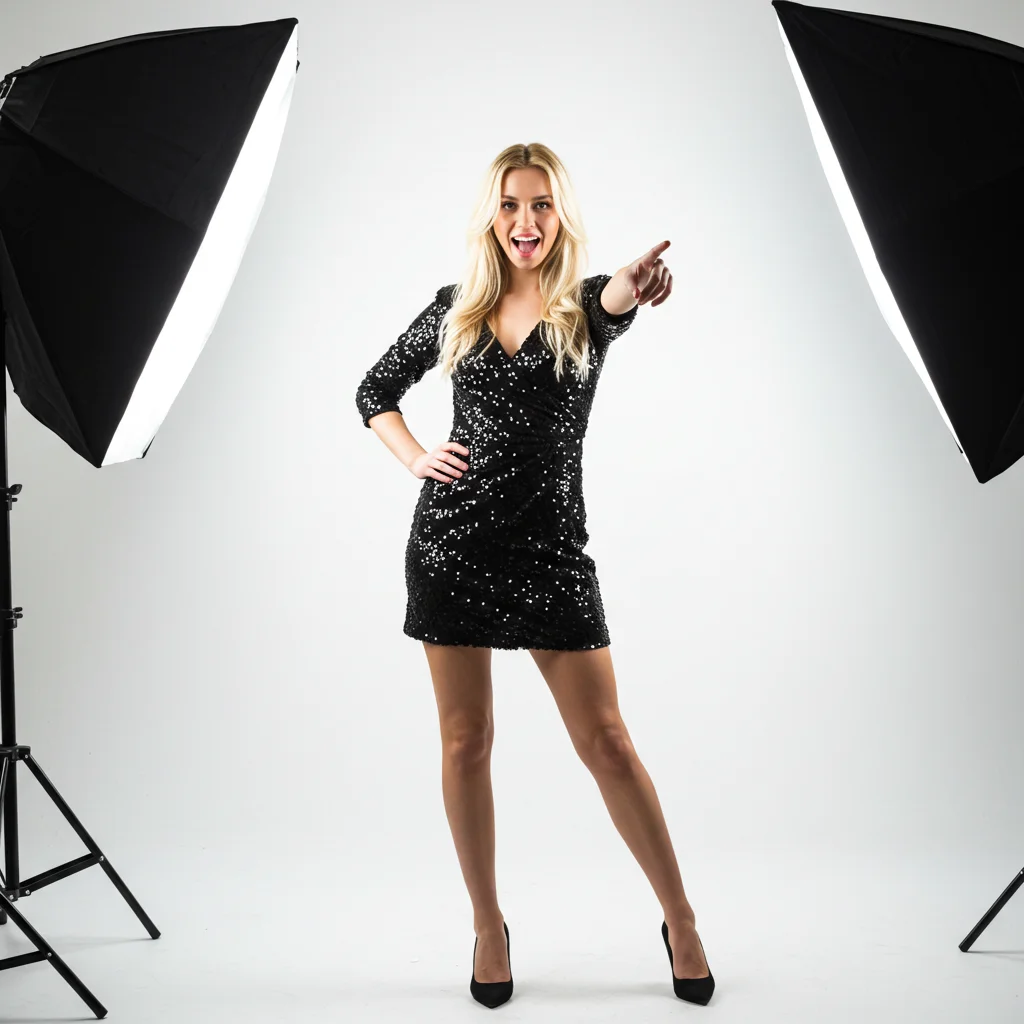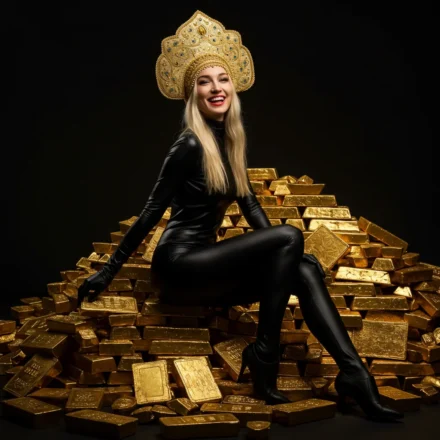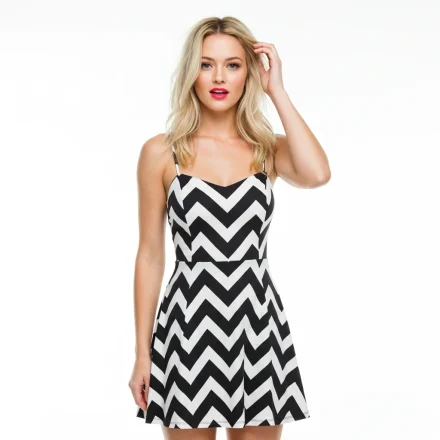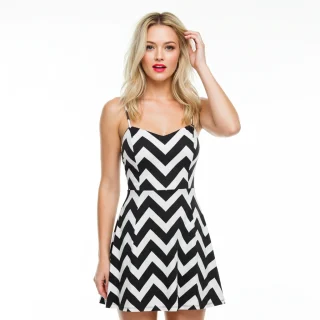Introduction

Fashion photography has evolved into a powerful art form that merges the creative realms of photography and fashion. It serves as a visual narrative that captures the essence of style, beauty, and culture. From its inception in the early 20th century to its present-day prominence, fashion photography has undergone significant transformations, influenced by technological advancements, cultural shifts, and the vision of pioneering photographers.
Early Beginnings
The Birth of Fashion Magazines

The origins of fashion photography can be traced back to the late 19th and early 20th centuries, a period marked by the rise of fashion magazines. Publications such as “Harper’s Bazaar” and “Vogue”1 began to feature illustrations and photographs that highlighted the latest trends in fashion. These magazines played a crucial role in popularizing fashion photography, providing a platform for photographers to showcase their work and for designers to display their creations.
Baron Adolph de Meyer: The Pioneer

Baron Adolph de Meyer2 is often credited as one of the first fashion photographers. In the early 1910s, he was commissioned by “Vogue” to create photographs that exuded elegance and sophistication. His work was characterized by a soft focus and an emphasis on the luxurious textures of fabrics and the graceful poses of models. De Meyer’s photographs marked a departure from the static and formal portraits of the time, introducing a sense of movement and spontaneity.
The Golden Age: 1920s to 1940s
Surrealism and Experimentation

The 1920s and 1930s saw fashion photography embrace more avant-garde and experimental techniques. The influence of surrealism3, with its dreamlike and abstract imagery, was evident in the works of photographers like Man Ray and Cecil Beaton. Man Ray, known for his innovative use of lighting and darkroom techniques, created striking images that challenged traditional notions of beauty and reality. Cecil Beaton’s theatrical and whimsical photographs for “Vogue” captured the extravagance and glamour of the fashion world.
The Hollywood Influence

During the 1930s and 1940s, Hollywood4 had a profound impact on fashion photography. The allure of movie stars and the growing popularity of cinema influenced the style and aesthetics of fashion imagery. Photographers like George Hoyningen-Huene and Horst P. Horst created iconic portraits of film stars, blending elements of fashion and celebrity photography. Their work contributed to the creation of a glamorous and aspirational image of fashion.
The Post-War Era: 1950s to 1970s
The Rise of Iconic Photographers

The post-war era witnessed the emergence of some of the most influential fashion photographers in history. Richard Avedon5, known for his dynamic and energetic style, revolutionized fashion photography with his ability to capture the personality and movement of his subjects. His iconic photograph of Dovima with elephants, taken in 1955, remains one of the most memorable images in fashion history.
Fashion Photography as Art

In the 1960s and 1970s, fashion photography began to be recognized as a legitimate art form. Photographers like Irving Penn and Helmut Newton6 pushed the boundaries of the genre with their distinctive and provocative styles. Irving Penn’s minimalist and meticulously composed images contrasted with Helmut Newton’s bold and erotic photographs, reflecting the diverse approaches within fashion photography.
The Digital Revolution: 1980s to Present
Technological Advancements

The advent of digital photography in the 1980s and 19907s brought about significant changes in the field of fashion photography. The transition from film to digital allowed for greater experimentation and manipulation of images. Photographers could now shoot, edit, and publish their work more quickly and efficiently. This technological shift democratized fashion photography, making it more accessible to a wider audience.
The Influence of Social Media

In the 21st century, the rise of social media platforms like Instagram8 has transformed the landscape of fashion photography. Photographers, models, and brands can now reach millions of people instantaneously, bypassing traditional gatekeepers like magazines and galleries. Social media has also given rise to a new generation of fashion photographers, who leverage the platform to showcase their unique perspectives and styles.
Conclusion
Fashion photography has come a long way since its inception, evolving from simple illustrations in fashion magazines to a dynamic and influential art form. Through the vision and creativity of pioneering photographers, the genre has continually reinvented itself, reflecting the changing tastes and trends of society. Today, fashion photography continues to captivate and inspire, offering a glimpse into the ever-evolving world of fashion and style.
Footnotes
- “Harper’s Bazaar” and “Vogue” were among the first fashion magazines to feature photographic content, significantly influencing the development of fashion photography. ↩︎
- Baron Adolph de Meyer’s work in the early 1910s is considered a pioneering effort in fashion photography, marked by his innovative approach to lighting and composition. ↩︎
- The influence of surrealism in the 1920s and 1930s introduced abstract and experimental techniques to fashion photography, as seen in the works of Man Ray and Cecil Beaton. ↩︎
- The golden age of Hollywood in the 1930s and 1940s shaped the aesthetics of fashion photography, blending elements of celebrity and fashion imagery. ↩︎
- Richard Avedon’s dynamic style in the 1950s set a new standard for capturing the movement and personality of models in fashion photography. ↩︎
- The recognition of fashion photography as an art form in the 1960s and 1970s was driven by the innovative works of photographers like Irving Penn and Helmut Newton. ↩︎
- The transition to digital photography in the 1980s and 1990s revolutionized the field, allowing for greater experimentation and accessibility. ↩︎
- The advent of social media in the 21st century has transformed fashion photography, enabling photographers to reach global audiences and fostering new creative possibilities. ↩︎









Leave a Comment